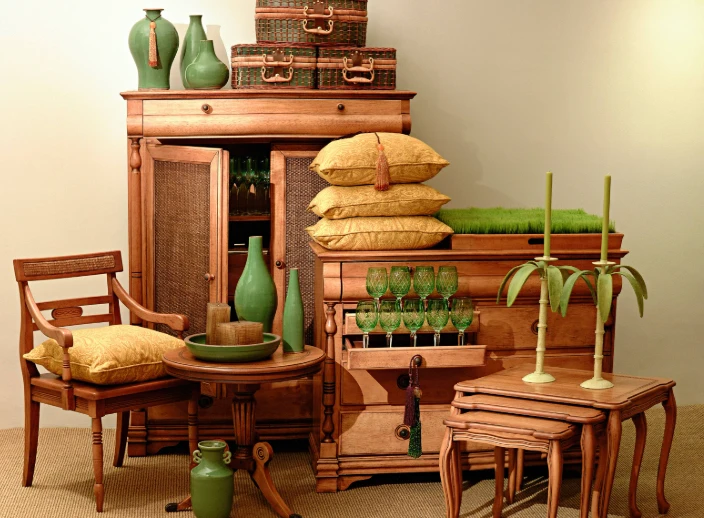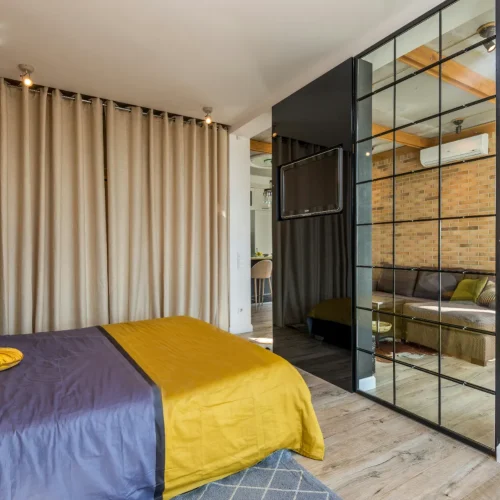
The Rise of Consignment Shopping
Over the past decade, consignment has gone from a niche interest to a mainstream movement. More people are rethinking the way they furnish their homes, moving away from fast furniture and embracing pieces with history, durability, and charm. Consignment shops are at the heart of this shift. They offer a way to discover high-quality furniture at reasonable prices, while also promoting sustainability.
Unlike traditional retail, consignment brings together style, value, and story in every purchase. For homeowners and renters alike, it’s becoming one of the smartest and most rewarding ways to decorate.
The Value Hidden in Every Piece
When you walk into consignment shops, the first thing you notice is variety. Unlike big-box stores, where rows of identical furniture fill the floor, consignment galleries are filled with unique items. Each piece tells a story—whether it’s a mid-century chair, an antique dining table, or a barely used modern sofa.
The value is twofold: financial and emotional. Financially, shoppers often find pieces that would cost triple the price if purchased new. Emotionally, owning something with history adds character to a home. A table that’s been part of someone else’s life often carries more charm than a brand-new one fresh off the assembly line.
Sustainability in Action
Another reason people are falling in love with consignment furniture is sustainability. Buying secondhand reduces waste, keeps furniture out of landfills, and cuts down on the demand for new production. In an age where conscious consumerism is growing, shopping consignment is an easy way to make eco-friendly choices without sacrificing style.
Furniture manufacturing consumes large amounts of raw materials and energy. By extending the life of existing pieces, shoppers reduce the environmental impact of their homes. This shift toward sustainable living is one of the reasons consignment is no longer viewed as “used goods,” but as smart, responsible shopping.
The Hunt and the Thrill
Shopping at consignment shops also taps into the thrill of discovery. Every visit is different, and inventory changes constantly. Unlike standard stores where you know what to expect, consignment requires exploration. You might walk in looking for a coffee table and walk out with a vintage lamp you didn’t know you needed.
This sense of adventure is part of the appeal. It turns shopping into an experience rather than a transaction. Many consignment enthusiasts return regularly, knowing that treasures can appear at any time.
Quality That Stands the Test of Time
One of the secrets behind consignment furniture is quality. Unlike cheaply made, mass-produced items, much of the furniture found in consignment galleries was built to last. Solid wood, sturdy craftsmanship, and timeless design often characterize these pieces.
In contrast, many modern budget furniture items are made from particleboard or thin veneers that wear out quickly. Consignment offers access to better-built furniture at prices that compete with or even beat low-quality alternatives. For many buyers, this makes consignment the smarter long-term investment.
Creating a Home That Feels Personal
Homes decorated entirely with brand-new furniture can sometimes feel staged or impersonal. Consignment pieces break that mold. A vintage chair here, a reclaimed desk there—each piece adds individuality and depth.
By mixing consignment finds with new items, homeowners create spaces that feel lived-in, unique, and welcoming. It’s a way to express personality through design, showing that every choice reflects taste and thoughtfulness.
The Social Side of Consignment
Shopping consignment isn’t only about furniture—it’s also about community. Local shops bring together people with shared values: sustainability, creativity, and appreciation for quality. Conversations spark over pieces with history, and shoppers often feel more connected to their purchases.
In many ways, consignment shops become hubs of community culture, where people trade not just items, but stories. This social aspect makes the experience even more meaningful.
Why Consignment Appeals Across Generations
It’s not just one demographic embracing consignment furniture—it’s everyone.
- Young professionals love the affordability and style variety.
- Families appreciate the durability and savings compared to buying new.
- Older generations see consignment as a way to downsize while passing on cherished items.
This broad appeal explains why consignment continues to grow. It meets practical needs while also satisfying deeper desires for meaning, sustainability, and individuality.
Tips for Shopping Consignment Successfully
If you’re new to consignment shopping, here are a few strategies to get the most out of the experience:
- Visit often: Inventory changes quickly, so regular visits increase your chances of finding something special.
- Measure before you go: Knowing your space dimensions prevents mistakes.
- Stay open-minded: You might find pieces you didn’t plan for but can adapt beautifully into your home.
- Act quickly: If you see something you love, don’t wait—unique items don’t stay long.
- Mix and match: Combine consignment pieces with modern décor for a balanced look.
Consignment as a Smarter Future
The growing love for consignment furniture reflects broader shifts in how people view consumption. Shoppers want more value, less waste, and deeper connections to the things they bring into their lives. Consignment offers all of that in one experience.
What started as a practical alternative to traditional retail has become a cultural movement. As more people discover the financial, environmental, and emotional benefits of consignment furniture, the appeal only grows stronger.
Everyone is falling in love with consignment because it represents something bigger than shopping—it represents smarter living.













